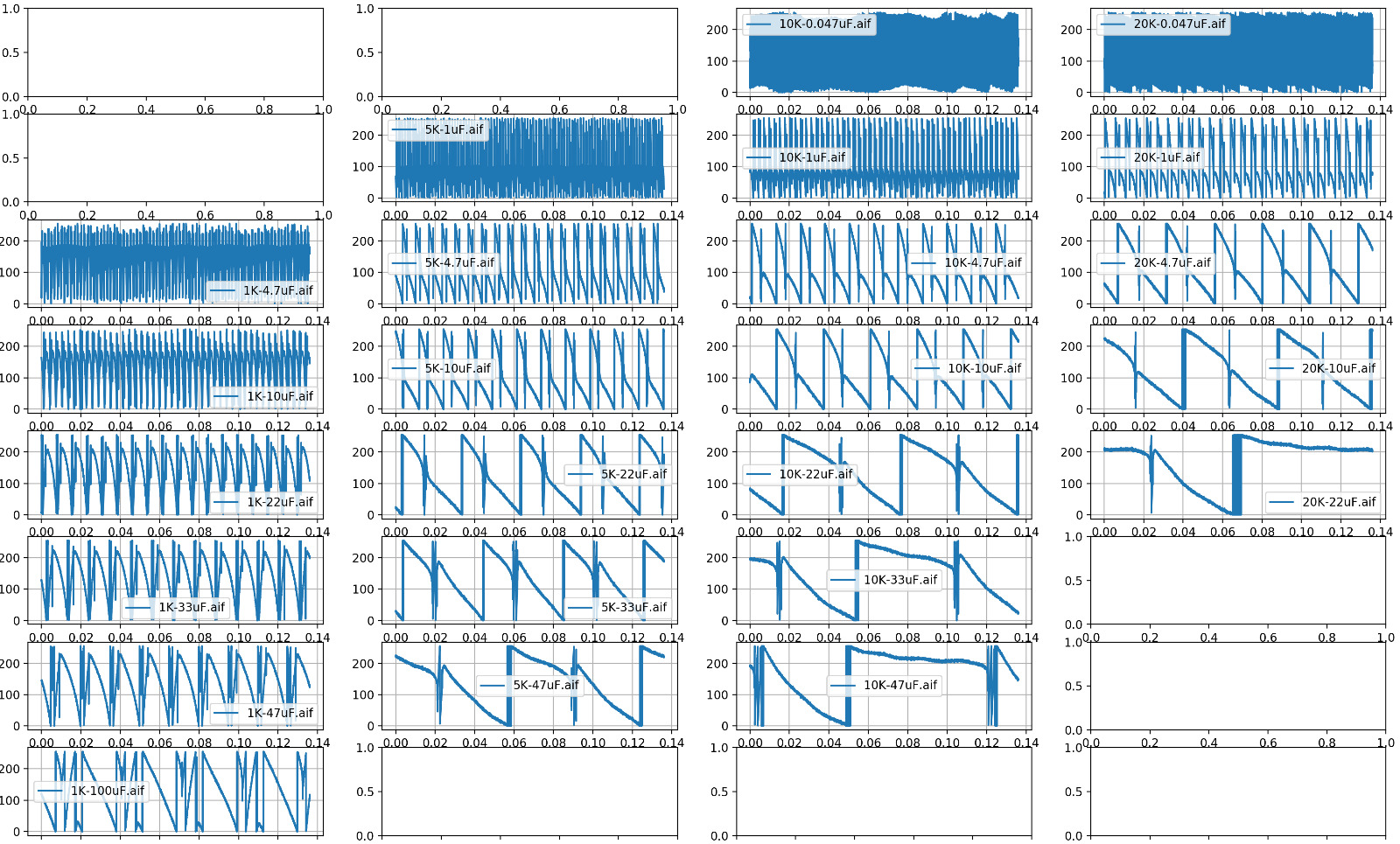For the last decade I have been a very single-sidedly digital person. Everything I did involved in some form the computer, music, design, photos they all harvested the power of software. Ever since I did a computer architecture course in uni I was facinated by the building blocks of a computer.
I thought it would be a nice endevour to create a simple synthesizer that is fully analog and after a bit of research online I've found this amazing website of a like-minded person. LookMumNoComputer and his Super Simple Oscilator Introduced me to the marvels of hacking transitors by using them in the "reverse avalanche mode". (More on reverse avalanche mode here)
In electronic music, artists have always tried to make their own sounds and to expand their limits. This dates, some claim, back in 1748, initially trying to replicate sounds of physical instruments and then around the 1920 to create completely new sounds. It's common in art to mix what's familiar to the audience, in order to allure them into your story with something completely new, in order to excite them. This is my way of creating someting new as the sound wave generated by this synth does not fit the classic wave generators (square, tri, saw, noise) but is it's own pattern which sligthly changes when using different capacitors. I cannot claim it's a mellow sound, but I see a beauty in the synth's simplicity. The exploration of mixing different waves from different frequencies and capacitors in order to make something that is nice to the ear, is what made me settle into using four of those oscilators in my "final" design. In order to achieve something that you can work with coul can also add a single capacitor that wiull work as a passive filter to take away that extra crisp from the sound. This desing will make up it's own post including how I did the casing and filter.
So finally, here I present you with designs for the world's simplest oscilator.


OK so finally after overcoming all those hurdles and misconceptions I had I made it work and I decided to make a synthesizer that has 4 oscilators. Right, but what's the combination of base resistance and capacitance I'm looking for? 🤦🏽 With all my academic spirit I decided to make a study and hopefully help others to decide quicker without having to test a million settings.






















